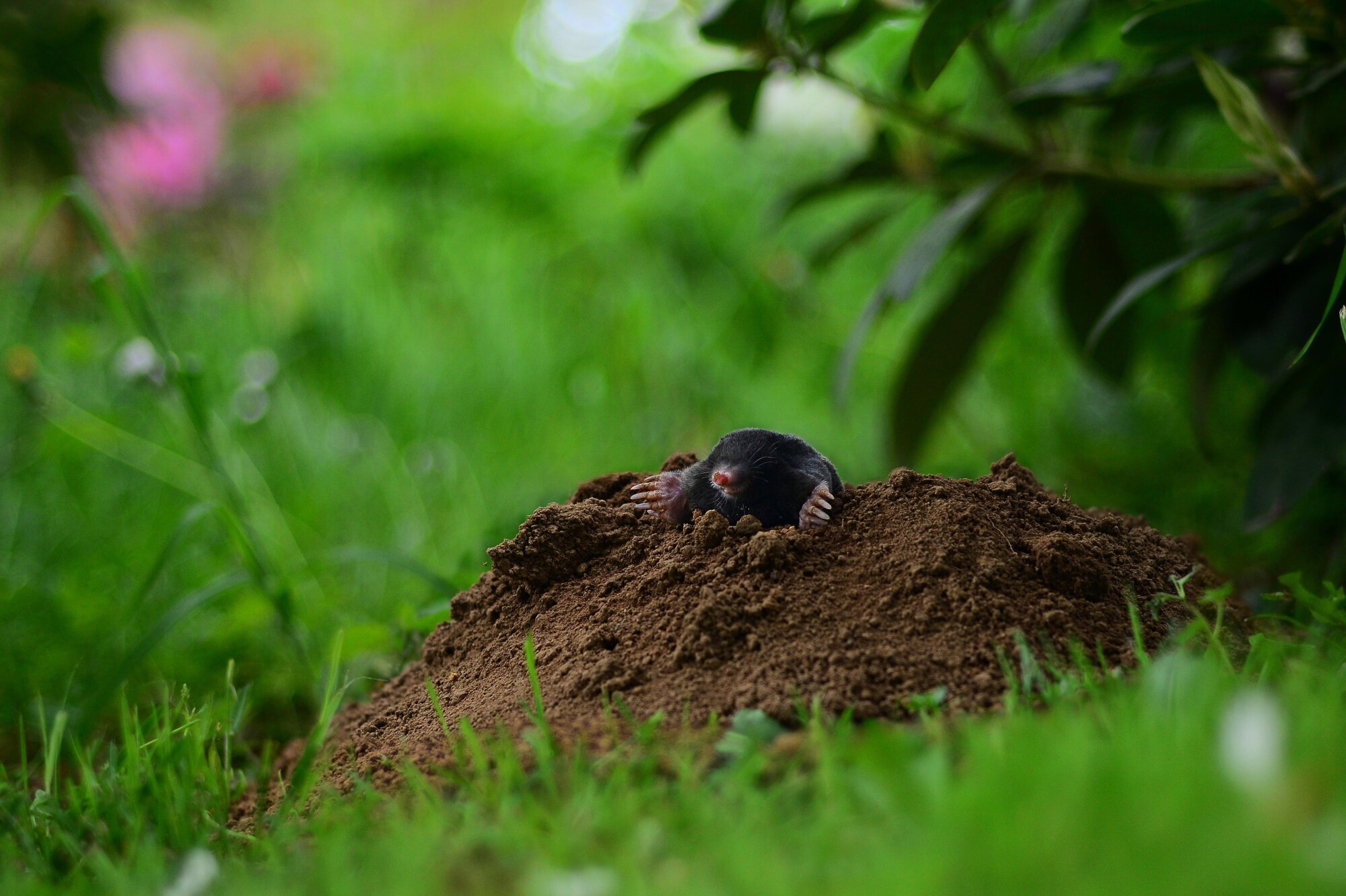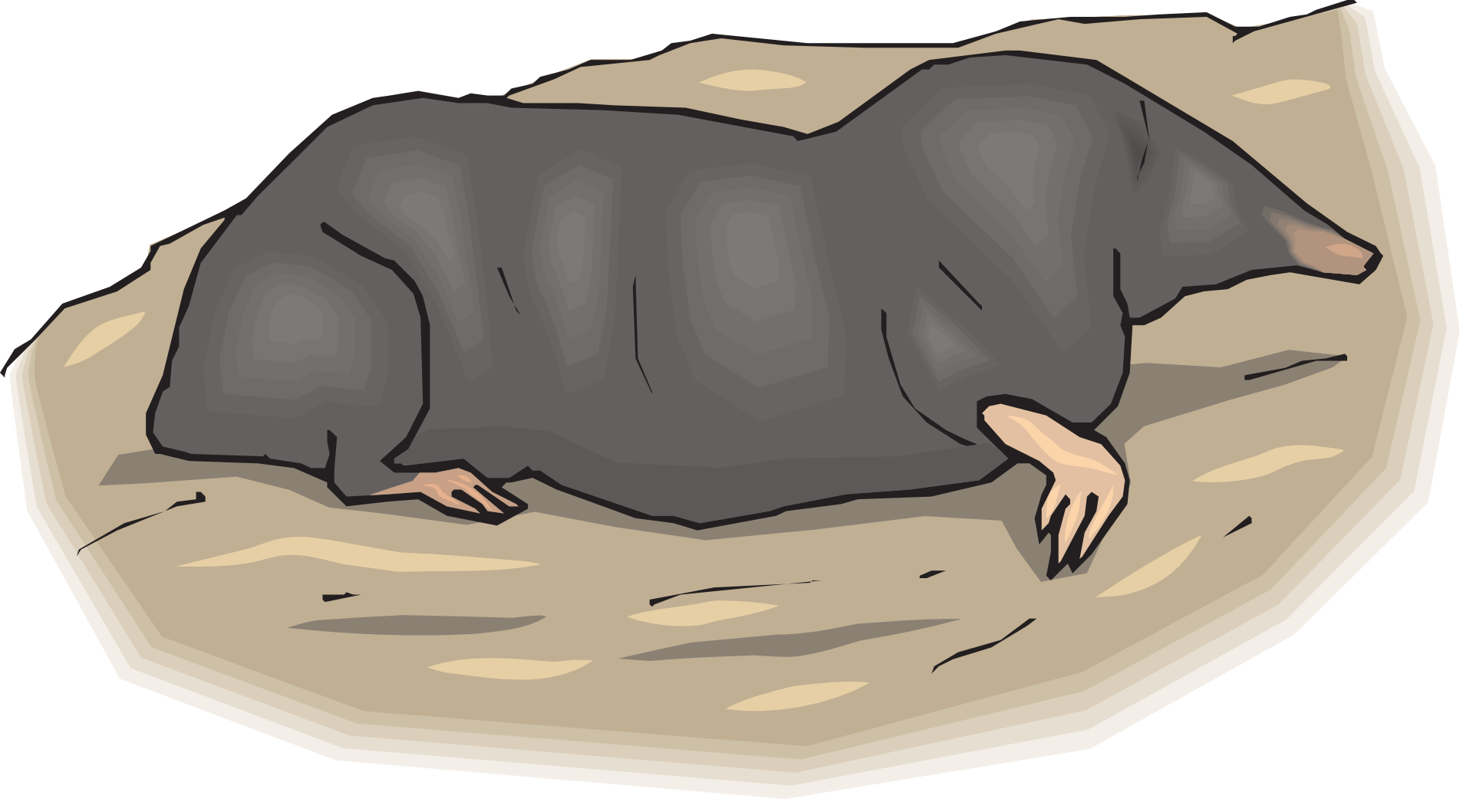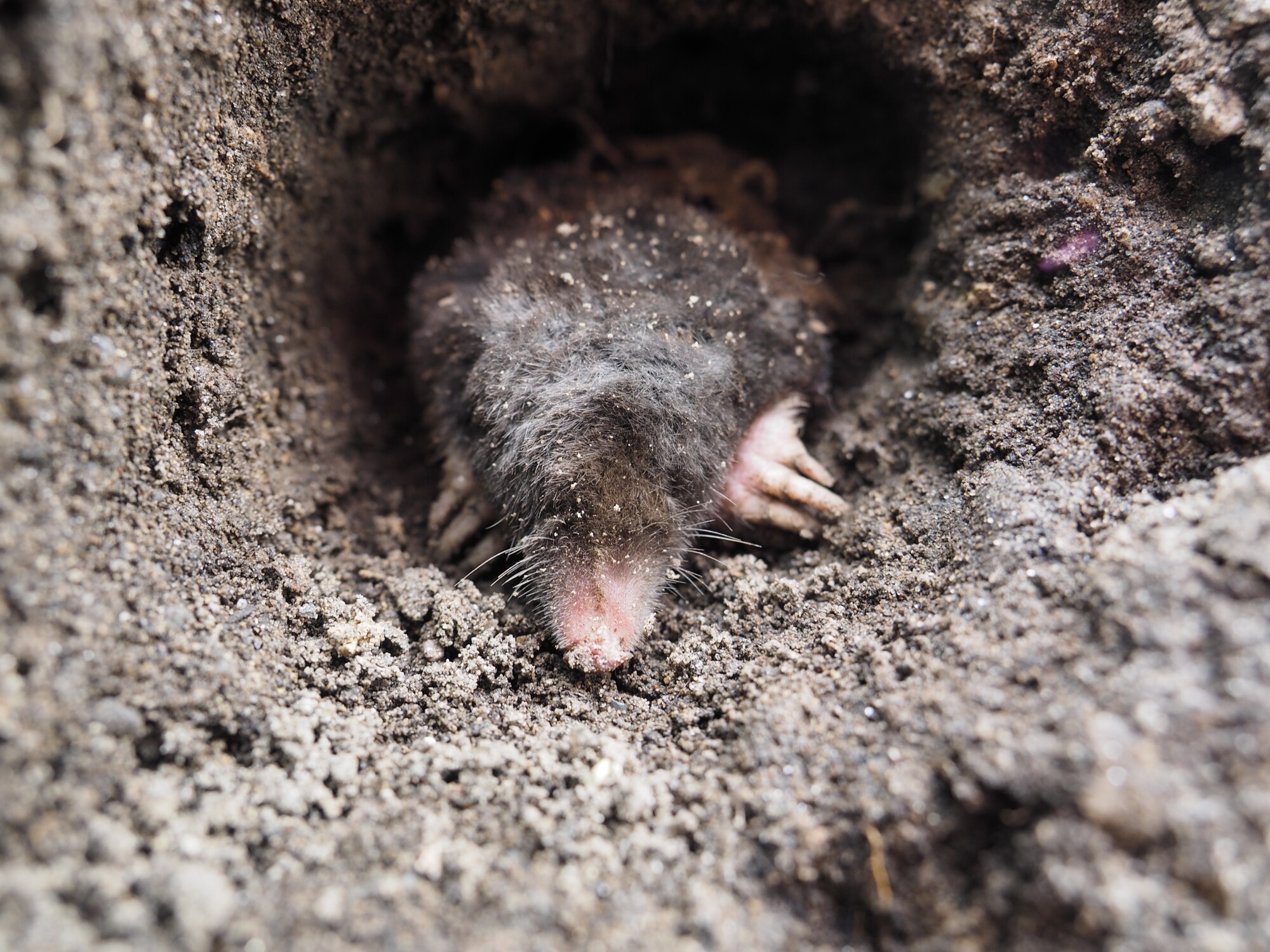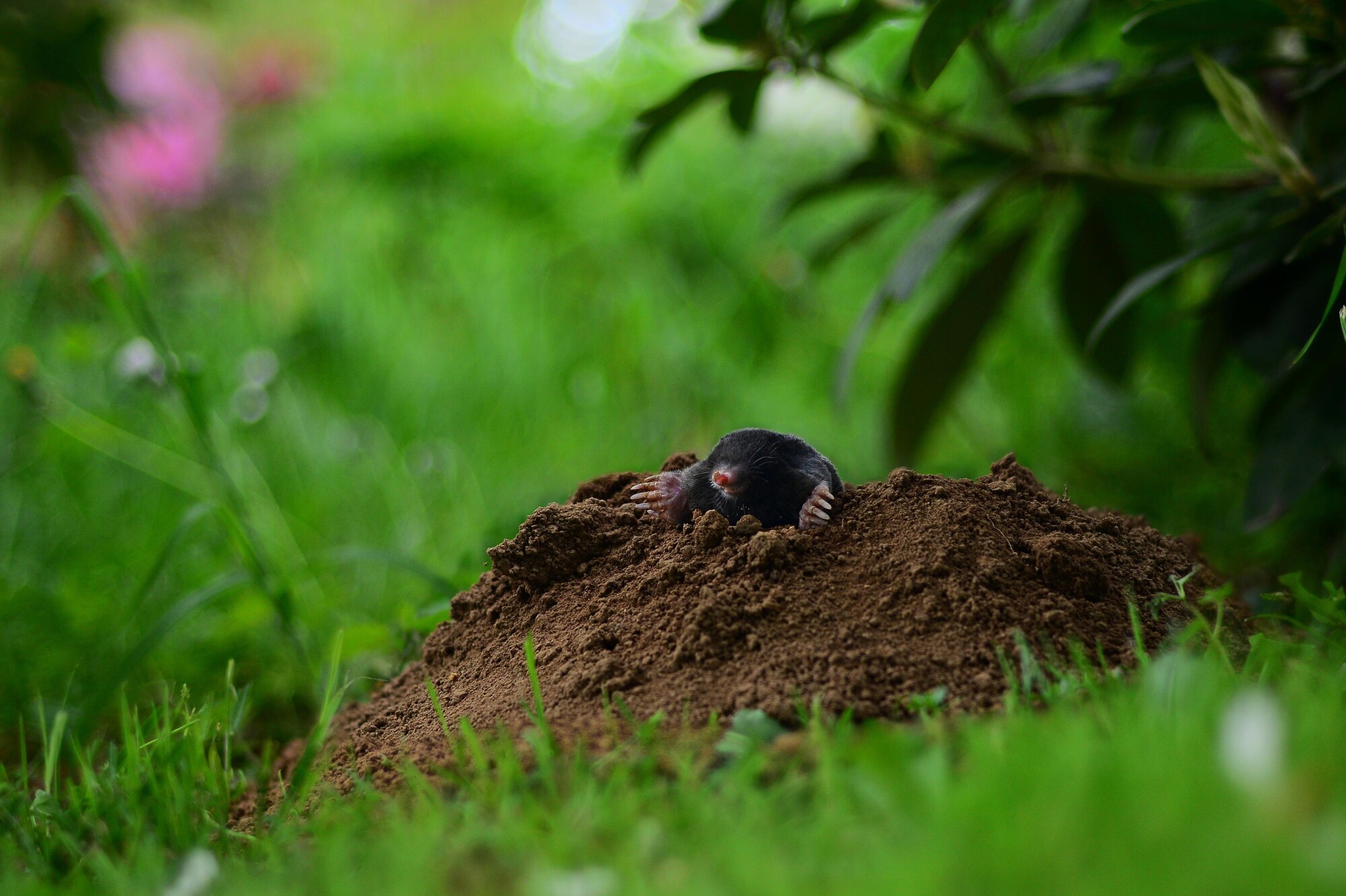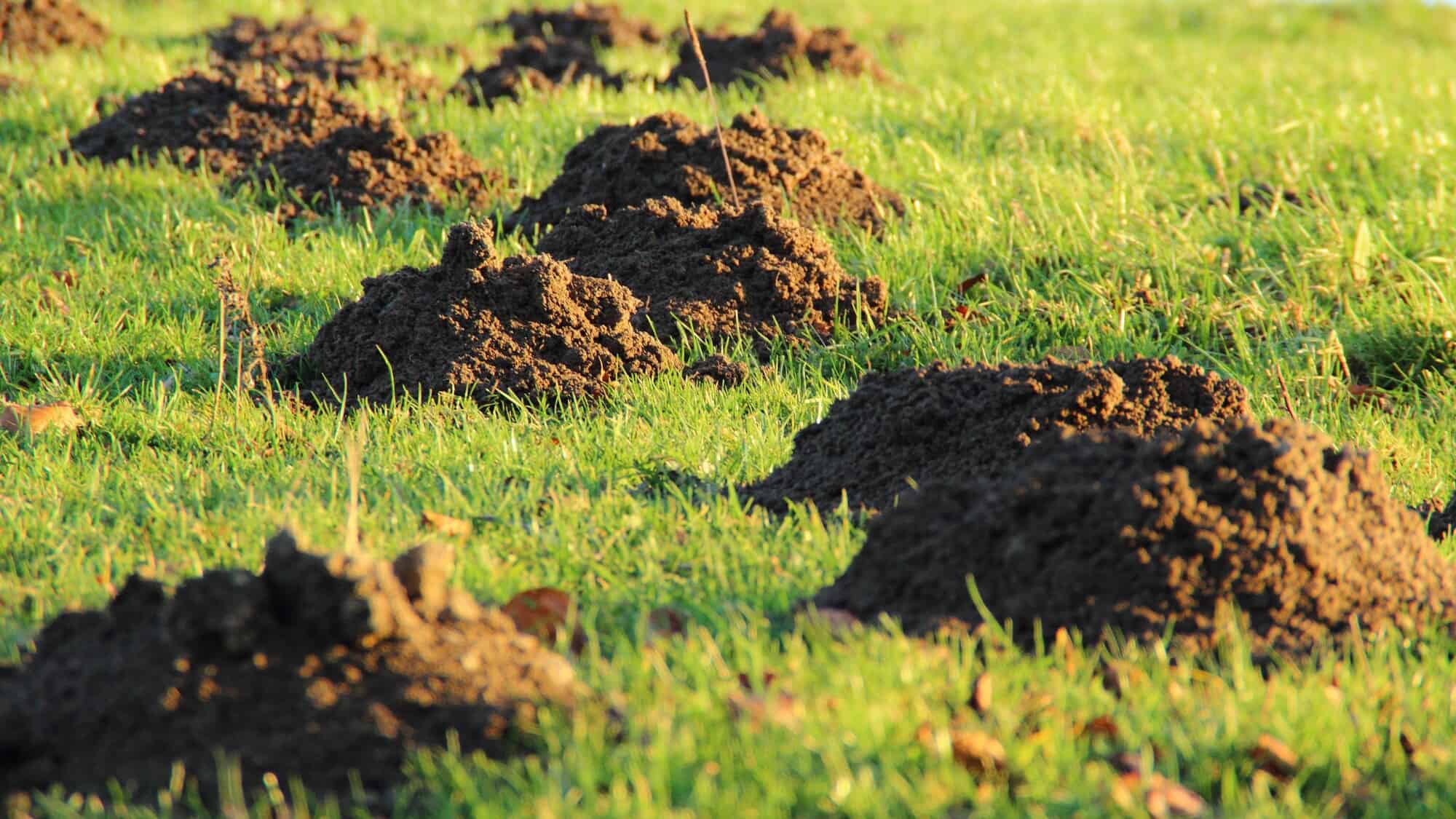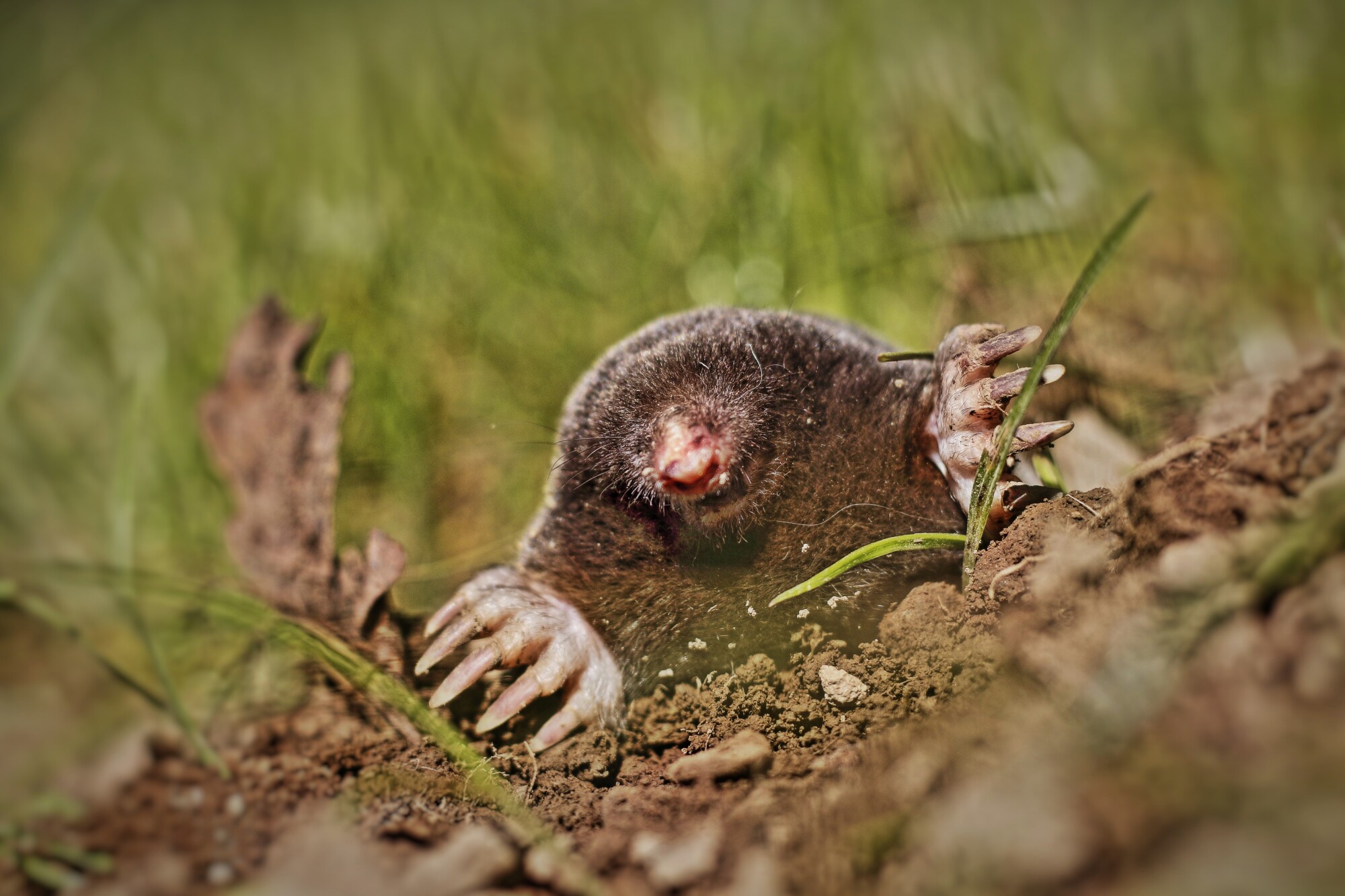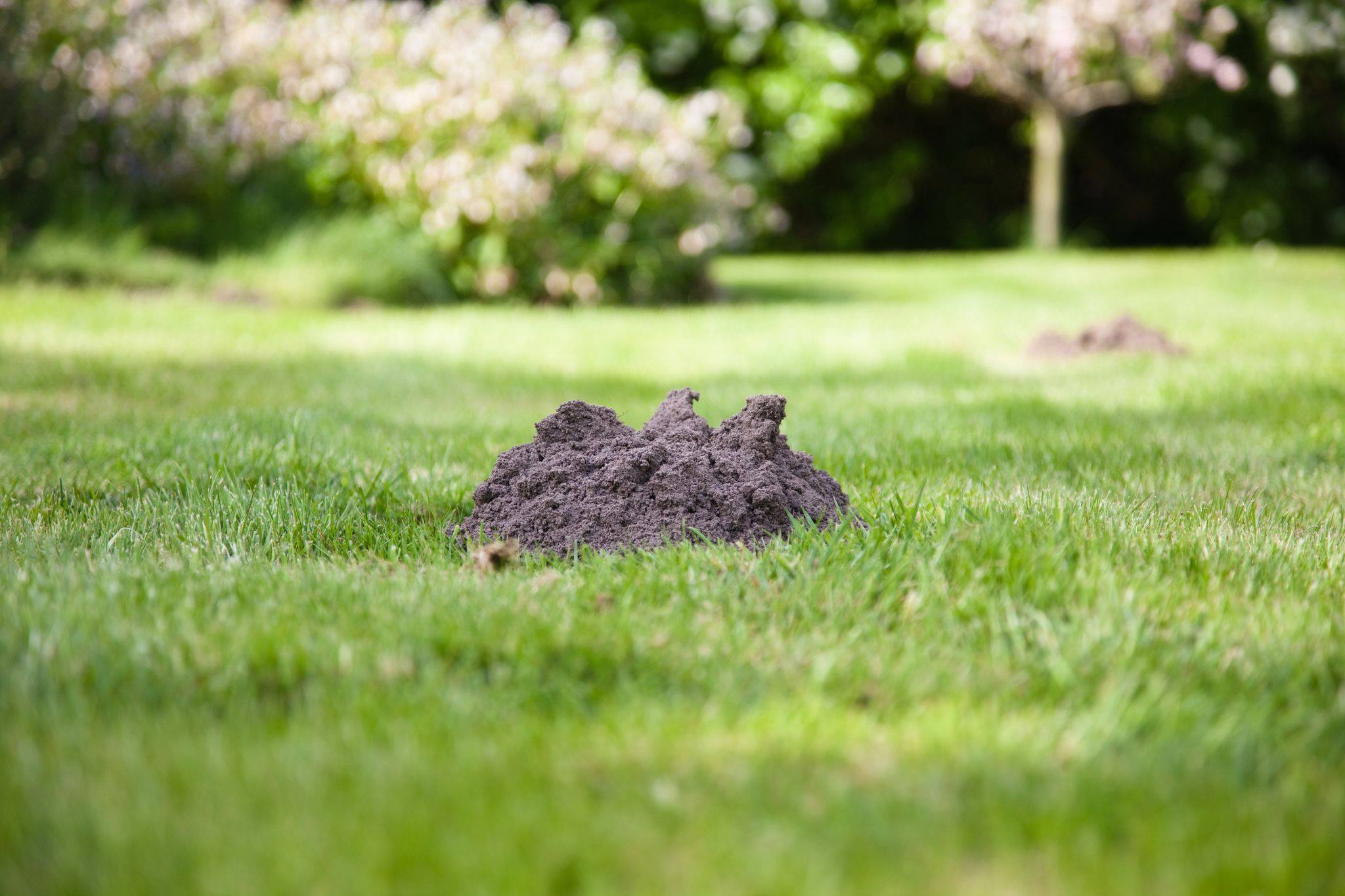Are you tired of walking outside to see mounds of soil in your yard? Do you want to ensure that your grass avoids turning brown from disconnected roots? If so, then you likely have a mole in your yard.
To get rid of the mole ethically, you’ll need to find a wildlife trapping company to help you. They can catch the mole(s) that are wreaking havoc in your yard, then take them to a safe place where they can thrive.
See below for an in-depth guide on how to choose the best wildlife trapping company in your area and why it’s so important to go this route.
1. Look for Customer Feedback
For some of you, this might be your first time dealing with a mole. You have no idea how to get rid of it or what you should do to keep it at bay.
Thankfully, you can solve the problem by hiring a professional mole removal in Dayton Ohio. They will trap the mole ethically and move it far away from your property where it can benefit the ecosystem (without ruining your grass, plants, etc.)
But how can you be sure you’re hiring the right service? We recommend using customer feedback before you hire any company. This can be done by either reading online reviews, requesting client references, or both.
The online reviews can be found by Googling the name of the wildlife trapping company you’re interested in hiring or reading the customer testimonials on your site. References can be gathered by simply asking the service for them directly. Here are a few questions to answer when you look into customer feedback:
- Do the customers seem happy with the service that they received?
- What wildlife problems were the customers having? Did the wildlife trapping company solve them?
- How quickly did the trapping company remove the pest(s)?
- Have the pests returned since the company came to remove them?
2. Schedule an Inspection
You should never hire a wildlife trapping service without first scheduling an on-site inspection. Every trapping is different and should be approached with care.
For that reason, we recommend that you start with an initial phone call. We’ll take 15-minutes to listen to the issues you’re having, ask you questions, and give you insight into how our team of professional mole trappers can help you out.
After that, we’ll schedule a time for an on-site visit, which is when we will inspect your lawn for signs of the pests you’re dealing with, how many there are, and what it will take to catch them. This information will help us give you an accurate quote.
You might be dealing with more pests than you think. Many times, clients think they’re battling one kind of pest when, in reality, they’re battling an entirely different creature. Fortunately, we offer 5 different wildlife trapping services:
- Mole trapping
- Raccoon trapping
- Groundhog trapping
- Squirrel trapping
- Chipmunk trapping
This way, we can ensure that we remove the problem. All of our services are done ethically and give you full peace of mind.
3. Ask for Proof of Business Insurance
No professional business should be hired that doesn’t have business insurance coverage in place. If there is labor involved in the service, then there’s always a slight risk involved. Someone could get hurt, there could be damage done to your property, etc.
That’s why it’s important to ask the wildlife trapping service you’re considering about their insurance coverage. Don’t worry, if they have it, then they’ll be happy to share specifics with you.
Having coverage such as business liability and workers’ compensation can help protect the relationship between the service, workers, and clients (you). If anything were to go wrong, the policies are in place to protect you from paying a cent to cover the damage.
Once you know the trapping company has business insurance, you’ll have more peace of mind when they come to install the traps in your yard.
4. Learn About Their Processes
A wildlife trapping company should always explain the “how” behind their service. How do they trap the animals? How do they ensure a humane service? How do they treat your problem?
You want to make sure that you have all your bases covered. What will the service do if the pest in your yard has offspring? If they trap multiple critters in separate traps, will they make sure the family is reunited when they’re released in the wild?
Are there any situations in which the creature would be killed? If so, what is the service’s reasoning for it? Make sure you understand all the different possible outcomes.
5. Look for a Guarantee
You’ve found a wildlife trapping company that you can trust, but what are they willing to do if the creature returns after the trapping service have been performed?
Most trustworthy companies offer some sort of guarantee. This guarantee gives you security for a pre-determined length of time (generally a year) after the service was performed. If the critter reappears, they’ll come out to trap it again.
The guarantee confirms that your investment was money well spent. If anything goes against the plan, they’ll make sure to correct it.
Hire a Wildlife Trapping Company in Dayton Ohio Today
Now that you have seen an in-depth guide on how to choose the best wildlife trapping company for your needs, be sure to use this information wisely.
Take the time to read this article for more information on mole control and all you need to know about the different methods of mole extermination. For more information, please give us a call at 513-518-5639 and we will be happy to assist you further.




